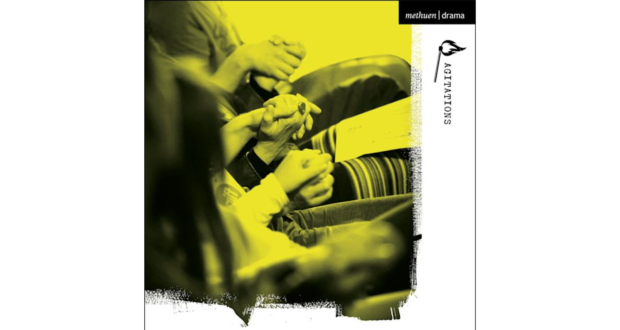Reimagining the Relationship in times of Crisis
A pertinent and interesting consideration of the impact of Covid on the relationship between performance and its spectators, this book argues persuasively for a reimagining of that relationship for the benefit of the audience, in preparation for disruptions to come.Summary
Rating
Excellent
In Theatre and its Audiences, Reimagining the Relationship in times of crisis, Kate Craddock and Helen Freshwater use the disruption of the Covid pandemic to examine and re-evaluate the practice of observing live performance and reconsider the place spectatorship has in our lives. Arguing that the pandemic created a teachable moment, they believe it is vital to learn from its lessons. In order to do this the pair examine customs and traditions between historical practice and audiences, often debunking nostalgic myths that inaccurately favour the past. Focusing on institutionalised conventions of theatre going, they attempt to reframe the relationship between audience and performance in order to consider ways to progress and revitalise this relationship for the benefit of the audience.
Unlike historical disruptions Covid, they argue, was unique in speed and impact. Previous wars or plagues undoubtedly disrupted live performance but were local rather than global, which meant that performers could travel to find their audiences. 21st century trans-continent mobility ensured Covid spread globally in a matter of weeks and the scale of simultaneous shutdown was unique. Therefore comparing the Covid disruption to historical interregnums is of limited use.
Utilising the concept of Covid as a “dark festival” the authors argue that the relationships performances had with its audiences during the pandemic were more akin to that experienced at a festival, such as The Edinburgh Fringe for example. Using categories of time, space, technological innovation and communication they explain how the concept of a festival is relevant in demonstrating that relationship. The use of the word ‘dark’ is also pertinent in reinforcing the macabre nature of the pandemic: not only did millions of people die across the planet, it was quickly obvious that the situation was outside of human control. The disaster had no clear end and was a terrifying experience for most, but it did enable an exploration of alternative ways of being.
Coming hot on the heels of the pandemic, this book offers a pertinent and realistic evaluation of the opportunities that the crisis presents for revaluation of the relationship between spectator and performer whilst acknowledging the “messiness” of analysis of such recent events. It would be easy – not to mention desirable in some cases – to return to the “normality” prior to Covid, but this would be a missed opportunity. Global disruption is fast becoming a normality with climate change and wars affecting everyday life. The authors argue coherently that Covid expanded our understanding of what theatre and performance and its relationship to its audience can be. It offers opportunity for further development and in this respect, could be seen as a rehearsal for future practice.
Theatre and its Audiences is a fascinating read. Academic in nature, and appropriately referenced throughout, it is nonetheless engaging as it encourages the reader to question the use of perceived performance ‘conventions’ and instead look to what theatre and performance could be. Rather than rushing to recreate the past staid, building-centred, time-bound performances, we should look to the possibilities offered by these alternative forms, which increase access to both practitioner and spectator.
Written by: Kate Craddock and Helen Freshwater.
Published by: Bloomsbury Publishing
Theatre and its Audiences. Reimagining the Relationship in times of Crisis is available now from all good booksellers. More information available here
 Everything Theatre Reviews, interviews and news for theatre lovers, London and beyond
Everything Theatre Reviews, interviews and news for theatre lovers, London and beyond



